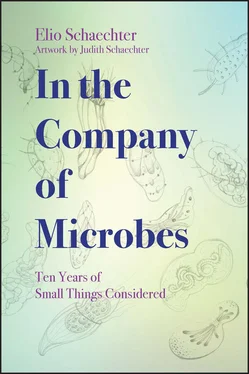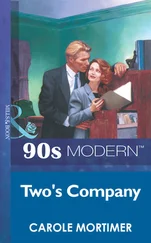A related series of exciting experiments would be to attempt to reproduce some evolutionary events and determine how many mutational changes it would take—and where—to evolve a tRNA synthetase with new specificity from an existing synthetase. Suppression studies many years ago showed that tRNAs may acquire new decoding specificity following single mutational changes, but synthetase suppressors were not recovered, as I recall. Also, we now know that synthetases recognize both the anticodon and acceptor end sequence of each tRNA. Is this consistent with what is known about suppressing tRNAs?
Reference
Carter CW Jr.2008. Whence the genetic code? Thawing the ‘Frozen Accident’. Heredity 100:339–340.
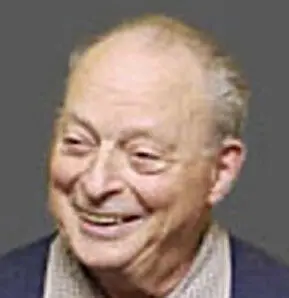
Charles Yanofsky is Professor Emeritus of Biological Sciences at Stanford University and a 2003 recipient of the National Medal of Science.
May 8, 2008
bit.ly/1Gfy8R5
#19

by Elio
You are stranded on a desert island. During a walk on the beach, you stub your toe against a bottle, which rolls against a rock and breaks. A genie is liberated, eager to grant you one wish. You ask for a microbiological laboratory fully equipped to your specifications. The genie grants you that but with the condition that you can study only one sample. What sample would you collect for study, what would you do with it, and why?
July 8, 2007
bit.ly/1LHnXVC
3
Microbes Touch Everything
By Tim Donohue
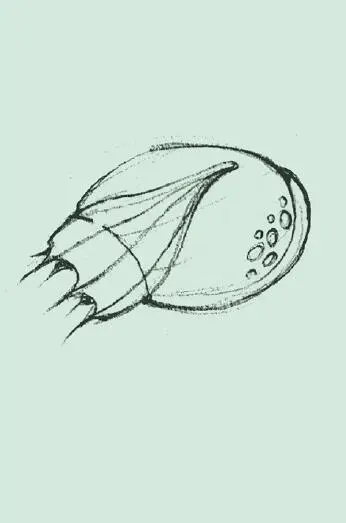
As I wheeled my bag away from the Convention Center in New Orleans after the 115 thGeneral Meeting, I noticed its ASM luggage tag, which states “ Microbes Touch Everything. ” This simple line is a perfect summary of the importance of the microbial sciences and the core mission of ASM to promote and advance this field. In history there are many examples of times when the right confluence of people and technology has led to events that rapidly push back frontiers. Two examples, one old, one of our time—Leeuwenhoek seeing animalcules through his lens and the elucidation of the structure of DNA and the genetic code—both transformed science and opened new fields of exploration. The microbial sciences are now poised to enter a renaissance that is based on interdisciplinary approaches and new technologies.
In order to take advantage of this scientific moment, we must reach out to our colleagues in other fields. At the General Meeting I heard many talks that highlighted the importance of bringing new scientific disciplines into the microbial sciences. Du-ring his opening lecture, Pieter Dorrestein shared his exciting work to understand the activities of microbial communities using mass spectrometry. He began and ended his talk by noting that he is a chemist, but that his work is in the microbial sciences. Minyoung Chun of the Kavli Foundation reflected on the foundation’s interest in microbiology during the president’s lecture. She noted that Kavli has historically funded researchers focused on astronomy, nanoscience, and neuroscience. In the past year they have held a series of symposia focused on the microbiome because they repeatedly heard from their physical scientists that microbiology is one of the most exciting new frontiers and thus is worth exploring. From looking for alien life to connecting the brain to the gut microbiome, microbiologists are now involved in a huge number of other fields. Clearly, our attention to interdisciplinary science must continue to grow.
Parallel to the expansion into the microbial sciences of traditionally separate fields is the boom of new technologies that are making it easier to see the unseen and contribute to understanding the world around us. For decades microbiologists were limited to studying the small fraction of the organisms that were culturable. The development of extraordinary sequencing techniques has enabled us to begin to study the other 99 percent, the microbial “dark matter” that is all around us. This technology holds great promise for the discovery of new drugs and such needed products as biofuels. Think of CRISPR-Cas as another discovery whose applications hold great promise. The ability to readily move genes into new positions is proving to be a boon to what was called the biotech industry when I was a student.
One of the most obvious areas of study that creates interdisciplinary research and new technology is that of the microbiome. Microbiologists are joining with computer scientists, ecologists, engineers, imaging experts, plus others to understand the complex ecosystems of the microbes that touch us or impact our environment in yet unknown ways. These efforts have attracted the attention of the White House, which recently sent out a request for an account of the federally-funded work in this area. Microbiome discoveries garner significant attention from the news media and the public as well.
We can work as a community to make a microbial sciences renaissance occur, or we can let the opportunity pass us by, slowing down the progress that has been made. If we become too insular, overhype our findings, and allow overly restrictive regulations to impede progress, then we have mainly ourselves to blame. As microbial sciences research becomes more complex and interdisciplinary, we must learn the best practices of team science in order to make collaborations work successfully.
The need to articulate the risk, benefits, and need for basic science was made clear by AAAS president and ex-Congressman Rush Holt in his president’s forum speech on Monday. There have been calls not only from policy makers, but from microbiologists as well to look into the impact, ethics, and regulation of the use of microbes. While we may not always agree on the details, we must each participate in the ongoing dialogue about the progress that can be made in the responsible conduct of science. I call upon you to look outward to your colleagues, your community, and the ASM to explore the possibilities that the microbial sciences hold and to help push our field forward. Success in this endeavor is needed for us to truly understand how and why “ Microbes Touch Everything. ”
We continue our tradition of hosting a few reflections from presidents of the ASM.
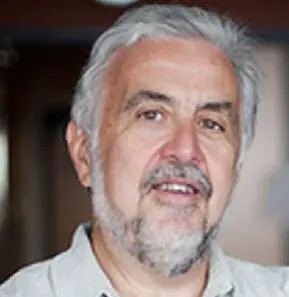
Tim Donohue is a professor at The University of Wisconsin at Madison and a past president of the American Society for Microbiology.
July 30, 2015
bit.ly/1LleAJS
4
Getting a Handle on Cell Organization
by Franklin M. Harold

Structural organization is one of the most conspicuous features of cells, and possibly the most elusive. No one really doubts that cell functions commonly require that the right molecules be in the right place at the right time, or that spatial organization is what distinguishes a living cell from a soup of its molecular constituents. But the tradition that has dominated biological research for the past century mandates a focus on the molecules, and so our first step is commonly to grind the exquisite architecture of the living cell into a pulp. Few molecular scientists have asked whether anything irretrievable is lost by this brutal routine. Such questions as how molecules find their proper place in a framework of orders of greater magnitude, or how spatial order is transmitted from one generation to the next, have been largely neglected until recently.
Читать дальше
